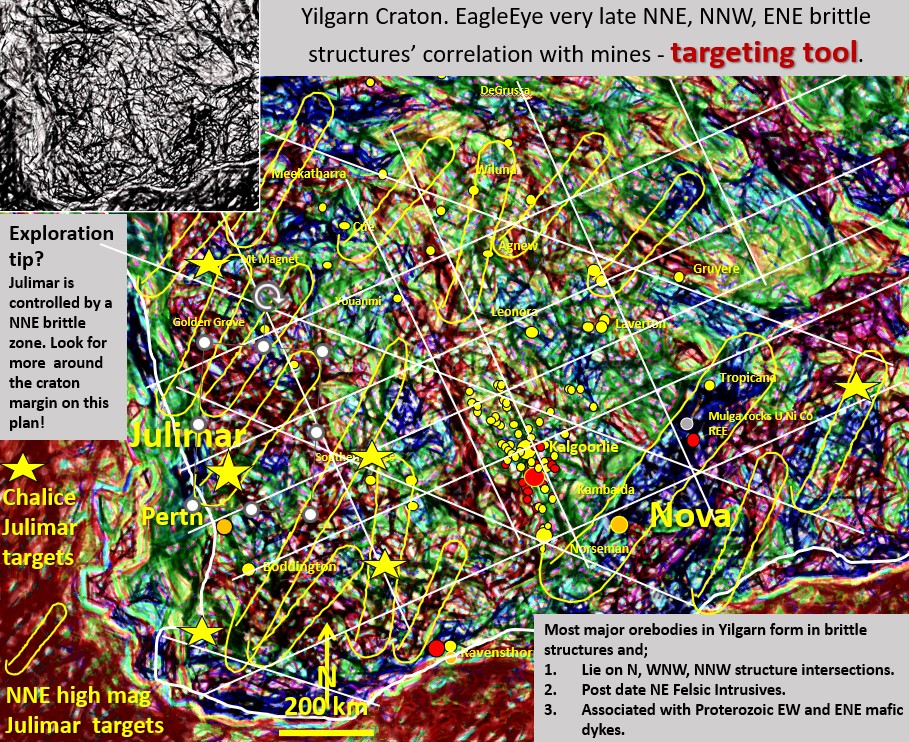Figure 5a. Yilgarn Craton. EagleEye very late NNE, NNW, ENE brittle structures, Julimar targets.
We now look at exploration targeting in the Yilgarn Craton. The top-left greyscale image shows the structures perhaps a bit more clearly.
Exploration targeting.
Gold and Lithium.
Yilgarn gold and Lithium deposits, in particular, are related to the very last Archaean brittle structures and granite intrusive rocks. The lithium mineralisation is associated with last stage pegmatitic intrusive rocks and gold mineralisation generally postdates all felsic intrusive rocks which in many mines have a NNE, WNW, NNW and ENE trend.
The original Australia wide magnetics image (figure 1 in https://www.geotreks.com.au/work/australian-aeromagnetics-eagleeye-enhancing-a-continental-magnetics-image-to-define-norseman-structural-geology/ ) was enhanced (by Microsoft pattern recognition software) to show these late brittle structures (white lines). There is good correlation between these structures and the gold mines (yellow dots). The intersection of these structures are prime gold and Lithium exploration targets (no targets drawn – do them yourselves :).
Ni Cu PGE targeting.
The Julimar deposit of
- 560Mt @ 0.88g/t Pd+Pt+Au (3E), 0.16% Ni, 0.09% Cu, 0.015% Co (~0.54% NiEq or ~1.7g/t PdEq)
- Containing 16Moz 3E, 860kt Ni, 520kt Cu and 83kt Co (~3.0Mt NiEq or ~30Moz PdEq)
is associated with a 30 km long, NNE, layered mafic-ultramafic intrusive sill complex with a strong magnetic signature and massive/disseminated sulphide occurrence. The mineralisation predates the late granitic intrusions and thus is older than the gold/lithium deposits. Thus we are looking for different, earlier structural targeting criteria.
The known occurrences of this Ni Cu PGE mineralisation occur close to the craton edge. Thus they may be associated with early rift formation.
The Julimar intrusive (larger yellow star) is flat S sigmoidal in shape trending from NS to NE (https://portergeo.com.au/database/mineinfo.asp?mineid=mn1713) thus these are the structures we should be looking for on the local scale. At the Yilgarn Craton Scale we would be targeting craton edge, high magnetic, wavy NNE magnetics.
The Yellow target boxes cover the more obvious targets of this nature. After I had outlined them I went to Chalice Mining’s website and found their targets (smaller yellow stars). Two of these lie on my targets and two are close by which shows the veracity of my targets. I have outlined another 9 targets with similar characteristics that would require exploration if you are exploring for Julimar Gonneville type mineralisation!
The image below shows the Yilgarn late structures without the overlays of the targeting and linears. The structures can be seen much more clearly.
Happy exploring!
Cheers
Bob

